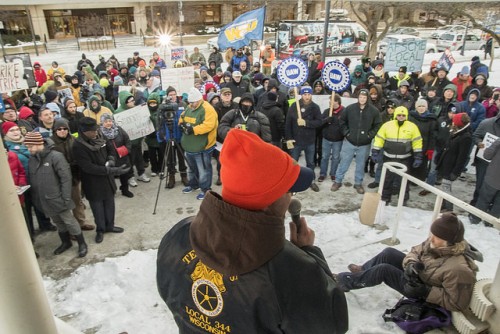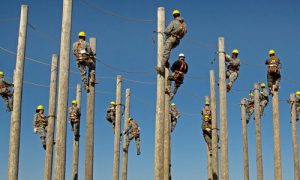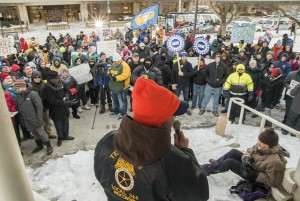The following is an excerpt from a Beat Basics Update by Adam DeRose. You can read the entire update to the ebook here.
For experts, economic research and policy reports to inform your reporting, you can look to national think tanks focused on issues related to your beat. Be sure to note their political leanings, if apparent. Here’s some to get you started:
National Employment Law Center (NELP) creates policy and data reports generally with emphasis on legal implications.
Economic Policy Institute (EPI) provides research and analysis on issues affecting working-class America; it is partially funded by labor unions.
Center for Economic and Policy Research (CEPR) offers tools online and research in a number of policy areas.
Employee Benefit Research Institute provides policy briefs and studies around employee benefits such as retirement and healthcare.
The Aspen Institute designed a number of programs to study employment and workplace issues.
American Enterprise Institute offers experts and scholarly papers on issues including employment, jobs and labor unions.
U.S. Chamber of Commerce is also worth noting here. The Chamber is a national organization representing business interests and can provide experts and research to round out your reporting on employment issues from a business perspective.
To compliment expert sources, it’s good to talk with workers. Union locals are often willing to connect reporters to their members for interviews on issues around which the union is organizing. Local organizations, like worker centers, also are usually willing to offer interviews with members who have experiences or stories related to the topic. Those narratives can help you humanize the impact of labor and jobs stories.
Decoding union acronyms
Here’s a list of some union acronyms and what types of employees they organize:
AFL-CIO: American Federation of Labor – Congress of Industrial Organizations is the largest American federation of organized labor in the U.S.
SEIU: Service Employees International Union organizes service workers such as janitors and security employees, hospital and home healthcare workers and others in both the public and private sectors.
IBT (known as the “Teamsters”): The International Brotherhood of Teamsters represent both public- and private-sector workers in government, schools, prisons and hospitals and other companies across the U.S.
UFCW: United Food and Commercial Workers organizes grocery and retail stores as well as meat packing employees and others.
UAW: United Auto Workers
AFSCME (known as “Af-smee”): American Federation of State County and Municipal Employees
AFGE: American Federation of Government Employees
AFT: American Federation of Teachers
NEA: National Education Association is another teacher and paraprofessionals’ union.
FOP: Fraternal Order of Police
IAFF: International Association of Fire Fighters
UNITE HERE: Union of Needletrades, Industrial, and Textile Employees (UNITE) and Hotel Employees and Restaurant Employees Union (HERE) is a hotel and food service union.
LiUNA (known as “the laborers”): Laborers’ International Union of North America is a U.S. and Canadian construction workers union.
CWA: Communications Workers of America organizes telecommunications as well as news and media workers.











